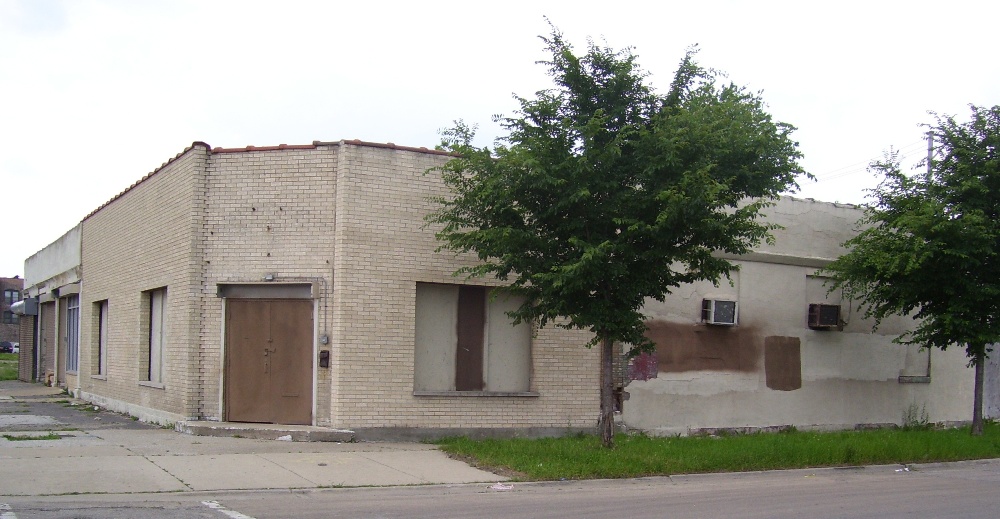
Any real estate agent or Realtor can tell you that the three most important factors in determining the potential value of a particular parcel of real estate are, in order: location, location, location. Location can trump other aspects of a structure, including whether it is occupied and its state of (dis)repair. In fact, location plays a large role in determining whether a decrepit building is worthy of the financial investment necessary to reclaim it for productive use, assuming of course that it is structurally sound.
Continue reading “What Is the True Value of a Vacant or Abandoned Building?”

